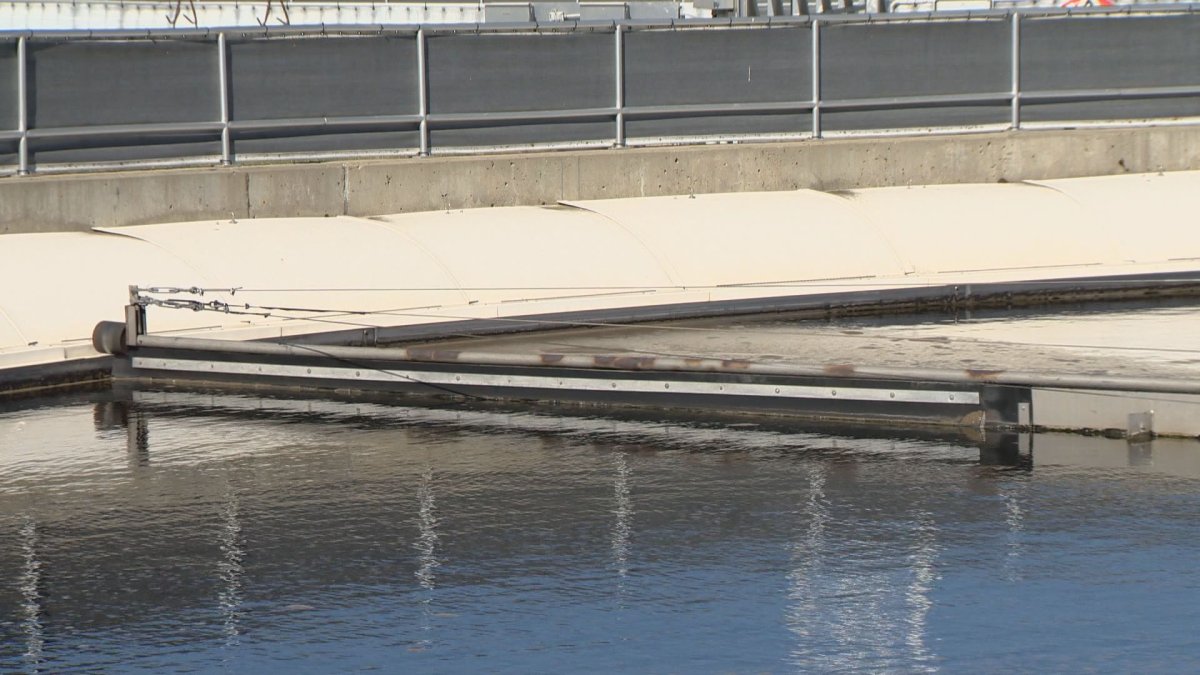The amount of COVID-19 in North Battleford’s wastewater nearly quadrupled compared to the week prior, according to the latest analysis from University of Saskatchewan researchers.

Findings from the Global Institute for Water Security show the viral load in the city’s wastewater increased 376 per cent between Oct. 23 and Oct. 29, the most recent data available, and the week prior.
All virus genetic material, the website states, is from the Delta variant.
John Giesy, a University of Saskatchewan toxicologist with the project, told Global News he wishes he knew what caused the increase.
“We’ve been on the phone with people in public health trying to figure this out,” he said.
He also stated there is no clear cause for alarm, at least not yet.

Get daily National news
While increases in the wastewater do typically indicate future increases in case numbers, he said the size of the increase could actually indicate a small gain.
That is to say, the increased figure doesn’t mean the city is swarming with COVID. The numbers could indicate the amount of virus increased from a small quantity. That jump would look much larger when shown as a statistic.
As of Nov. 10, the provincial zone that includes the city had 25 active cases and one new case in the population of nearly 24,000.
- Retired Quebec teacher buys winning lottery ticket at last minute, wins $40M
- N.B. election: Higgs went to ‘very dark place’ with Liberal joke, opponent says
- NDP want competition watchdog to probe potential rent-fixing by landlords
- Jasper mayor says CN Rail relocation will be devastating: ‘Deeply disappointed’
(The provincial zone includes more than just North Battleford. The 2016 census puts the lists the city’s population at approximately 13,500.)
Giesy said the measurements for Saskatoon’s wastewater numbers tend to be smoother than those in North Battleford or Prince Albert.
“The Battleford and Prince Albert (numbers) bounced around a lot more, so I wouldn’t make too much of it,” he said.
“We’ll wait and see what we get.”
He said the research team is waiting for results from the next week.
But he did say he was concerned about the vaccination rate in the city.
According to federal data, Saskatchewan is lagging behind other provinces in vaccination rates.
If the bump doesn’t represent a small increase then the correlation with case rates will be determined by how many people in the city are vaccinated.









Comments